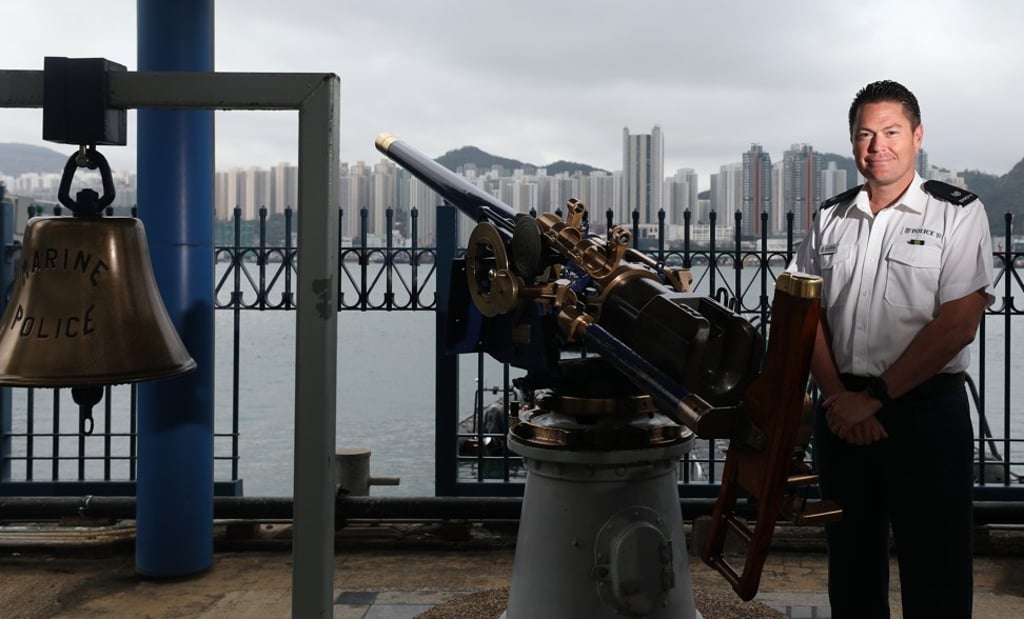Secret Hong Kong marine police collection tells stories of piracy, war, crime – and could soon be seen by the public
- More than 400 historical items at the Hong Kong Marine Police Headquarters tell colourful tales of marine law enforcement, but very few people have seen them
- We find out the stories behind some of the items, which could soon appear at the Hong Kong Maritime Museum

Concealed behind the metal security gates of Hong Kong’s Marine Police Headquarters is a unique collection of artefacts that tell colourful tales of piracy, war, kidnappings, smuggling and crime from 178 years of marine law enforcement in the city.
The more than 400 historical items in the building in Sai Wan Ho, on the northern shore of Hong Kong Island, include photographs, navigational instruments, machine guns, swords, model ships, flags, bells and cannons. Very few people have had the opportunity to see the secret haul, but that might be about to change.
“We want to keep it alive and the collection needs to be preserved and made more available to the public,” says Tim Worrall, marine police superintendent of operations and president of the Police Officers Mess.
Worrall says he and fellow mess officers are custodians of the collection, which represents their past, and they feel obliged to hand it over to the next generation.

According to author and former officer Iain Ward, the formation of the marine police was prompted by the need to deal with piracy. Many of the collection’s artefacts reflect this traditional element of Hong Kong criminality, which remained a threat until the 1960s.
Mounted on a pillar inside the officer’s mess is an ornately carved dagger. The ceremonial peach wood sword belonged to notorious pirate Lau Chun-ping, and was acquired from his lair in Lung Kwu Tan in Tuen Mun district during an anti-piracy raid by marine police officers on October 20, 1947.